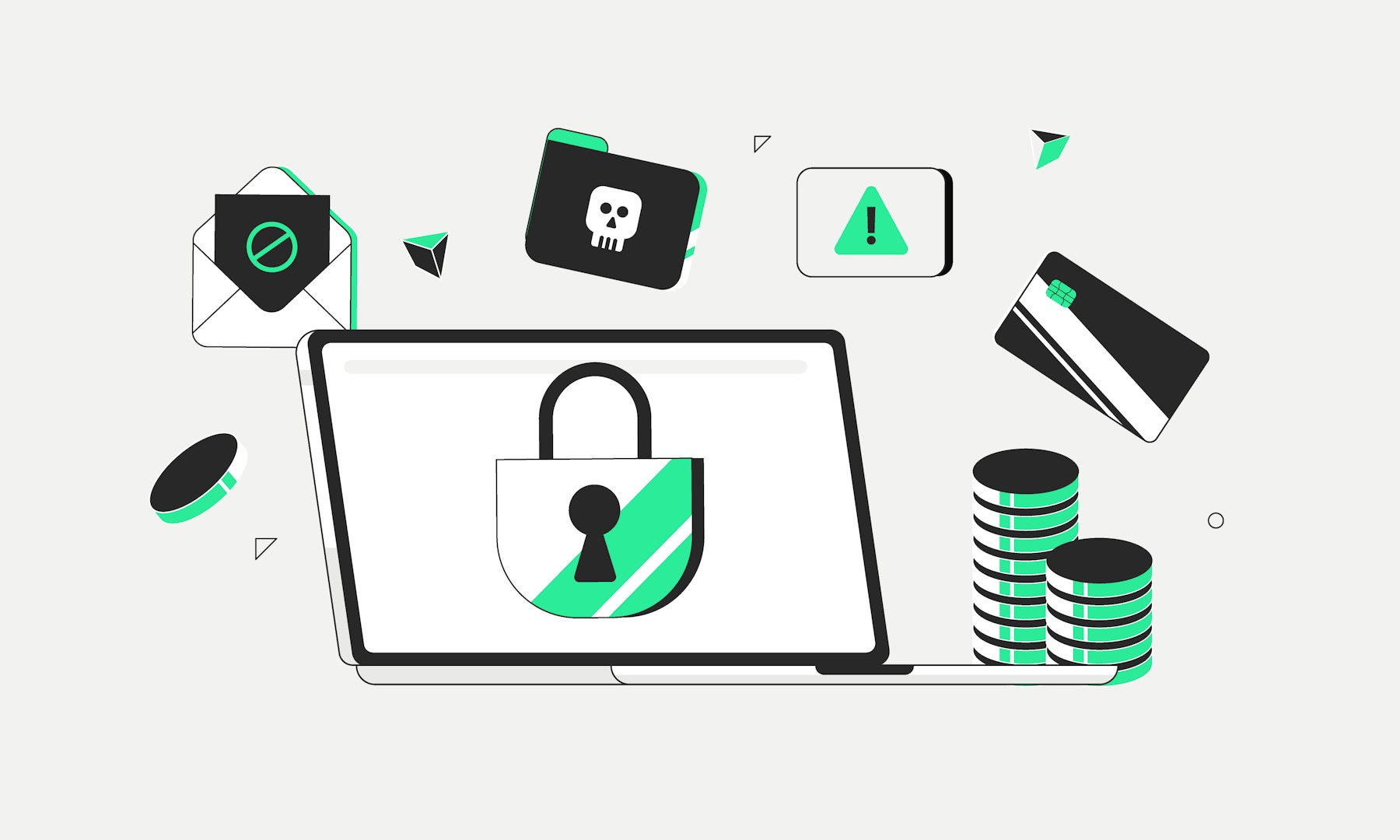Who are the primary targets of spoofing?
Spoofing attacks often target individuals and organisations with high-value assets or sensitive data. Here are two examples of how these attacks exploit trust and urgency to devastating effect:
Companies and their treasury
One of the most notable cases of spoofing cybercrime involved the French cinema group Pathé. In 2018, fraudsters targeted its Dutch subsidiary, leading to a loss of €19.2 million. Impersonating then-CEO Marc Lacan, the attackers sent emails to the Dutch financial director referencing a confidential acquisition in Dubai and requesting urgent money transfers.
This attack was remarkably elaborate: the emails mirrored the company’s official communication style, included accurate logos and signatures and referred to plausible business processes. To add credibility, the fraudsters even arranged fake conference calls with supposed lawyers. Over time, €19.2 million was transferred to foreign accounts, showcasing the immense risk spoofing poses to businesses.
Crypto investors
Crypto investors are frequent targets for spoofing due to the irreversible nature of blockchain transactions. In December 2024, a sophisticated spoofing campaign targeted users of Ledger hardware wallets. The attackers forged Ledger's official support email address to send fake alerts claiming a "recent data breach."
The emails urged users to "verify" their private recovery phrase (seed phrase) to secure their assets. Victims were redirected to a counterfeit website that closely resembled Ledger's official site. A pop-up on the site prompted users to input their 24-word seed phrase, granting the attackers full access to their wallets. This example highlights how spoofing tactics exploit trust and technical ignorance to compromise sensitive crypto assets.
What is order book spoofing?
In the cryptocurrency ecosystem, spoofing often manifests as a form of market manipulation. The tactic involves placing large buy or sell orders with the sole intention of cancelling them before execution. The goal is to create an illusion of liquidity to influence market prices. Here's how it works in practice:
A manipulator places large orders at key price levels, just below the current market price. For example, if Bitcoin is trading at $95,000, they might place large buy orders at $94,500.
Other traders observe these significant orders and interpret them as a sign of strong interest at that price. Sellers, anticipating a price rise, may adjust their selling prices upward.
Before these large orders are executed, the manipulator cancels them. This action removes the apparent support from the order book.
The cancellation creates a vacuum in the order book, causing selling traders’ orders to be executed at unexpectedly lower prices. This rapid price drop allows the manipulator to buy assets at a reduced cost.
Once they’ve acquired their position at an artificially low price, the manipulator either works to push prices higher or waits for natural market recovery to sell at a profit.
In regulated financial markets, spoofing has been illegal for years, with authorities actively pursuing and penalizing offenders. For example, in 2021, a former Deutsche Bank trader, James Vorley, received a prison sentence for using spoofing tactics to manipulate gold and silver prices between 2008 and 2013.
However, in the relatively unregulated crypto market, spoofing remains a persistent issue. The lack of stringent oversight allows manipulators to exploit these tactics, disrupting market integrity and eroding trust among investors.
What is a “spoof coin”?
“Spoof coins,” or fake cryptocurrencies, are a type of fraud that targets the crypto ecosystem. These counterfeit tokens are designed to closely mimic popular and legitimate cryptocurrencies by copying their names, symbols and visual identities. Fraudsters create these tokens to deceive unsuspecting investors into purchasing them, thinking they are acquiring the real asset.
Examples include:
SHIBA on BSC: The legitimate SHIB token operates on Ethereum, but imitations circulate on the BNB Smart Chain.
BONK on Ethereum: The real BONK token is native to Solana, yet fake versions exist on other chains.
XRP on BSC: Tokens labelled “Ripple” or “XRP” on the BNB Smart Chain are not the genuine Ripple.
Fraudsters often use subtle naming tricks, such as replacing characters (e.g., “BlTCOIN” with a lowercase L instead of an I), adding symbols (“USDC_”), or introducing slight variations like “ŞOL” (using a cedilla) or “DOGE2.” These counterfeit tokens pose a particular risk on decentralised exchanges (DEX), where anyone can create and list a token without rigorous oversight. Victims may unknowingly purchase these worthless tokens, thinking they are legitimate assets.
Using a regulated platform like Bitpanda helps mitigate this risk. Bitpanda ensures that only official tokens are available for purchase by verifying smart contract addresses and accepting authentic versions on their native blockchains.
Conclusion: how to protect yourself from spoofing
The December 2024 attack on Ledger users underscores the importance of vigilance in the crypto space. Unlike traditional banking, cryptocurrency transactions are irreversible, leaving little recourse after a successful spoofing attack. To safeguard your assets:
Verify sender information: always check the full email address, not just the display name
Be cautious of inconsistencies: scrutinize emails for minor errors or unusual requests
Avoid clicking on unsolicited links: do not engage with unexpected emails containing attachments or links, even if they appear to come from known companies
Confirm through alternate channels: if in doubt, contact the company directly using official contact information to verify the communication's legitimacy
Never share confidential information: refrain from disclosing sensitive details like login credentials or recovery phrases via email
Staying safe also requires staying informed about the latest developments and deepening your understanding of how scams operate. The Bitpanda Academy offers many resources to help you stay secure in the crypto world, covering the biggest risks in investing and more.
